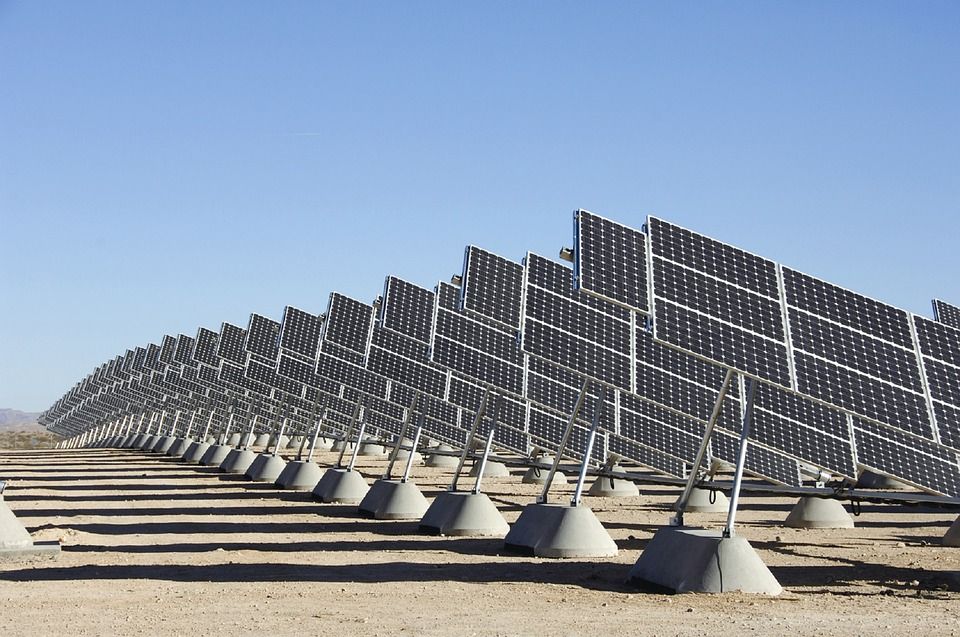305 GW of solar power capacity installed worldwide
Globally, solar power capacity has reached 305 gigawatts (GW) thanks to the 50 per cent rise in solar capacity added in 2016 spurred largely by China and the U.S. increasing demand

Globally, solar power capacity has reached 305 gigawatts (GW) thanks to the 50 per cent rise in solar capacity added in 2016 spurred largely by China and the U.S. increasing demand.
Across the world there is now 305 GW of solar capacity, an increase from just 50 GW in 2010.
In 2016 alone the total amount of solar PV capacity reached more than 76 GW, up from 51.2 GW in 2015.
According to the latest figures from SolarPower Europe, China and the U.S. led the solar surge, with both nations nearly doubling the amount of solar added in 2015.
James Watson, Chief Executive of SolarPower Europe, said: “In order to meet the Paris [climate agreement] targets, it would be important if solar could continue its rapid growth. The global solar industry is ready to do that, and can even speed up.”
Asia’s solar market share reached in excess of 66 per cent last year in 2016, while demand in the U.S. was more than double that of Europe.
In 2016, China was the world’s largest solar market, adding a remarkable 34.2 GW an increase of over 125 per cent compared to the previous year.
The U.S. added an estimated 14 GW of solar, up from 7.3 GW in 2015, while in Japan and India 8.6 GW and 4.5 GW of solar additions were added respectively.
The UK currently leads Europe for solar growth with 29 per cent of new capacity, despite a significant drop in installations after the government cut subsidies, followed by Germany with 21 per cent and France with 8.3 per cent.
While early 2016 saw Europe reach the milestone of 100 GW of solar power capacity, growth soon slowed and now stands at around 104 GW.
The solar industry in Europe is calling on the European Union (EU) to set more ambitious renewable energy targets in order to spur growth in the sector.
At present, the EU has committed to increasing renewable energy use by 27 per cent by 2030.
Alexandre Roesch, Policy Director at SolarPower Europe, said: “We need to build a major industrial project around solar and renewables. To start with, increasing the 2030 renewable energy target to at least 35 per cent will send a strong signal that Europe is back in the solar business”.
Michael Schmela, Executive Advisor and Head of Market Intelligence at SolarPower Europe, stated that in Southern European countries solar power could generate around €0.03 per kilowatt hours (kWh) in 2017 to 2018, unmatched by any other technology.
He went on to say that to achieve this “we need a reliable governance system to steer investment into solar power plants".
For the latest news on renewables, sustainability and climate change, sign up to our free newsletter here.




_400_250_80_s_c1.jpg)

